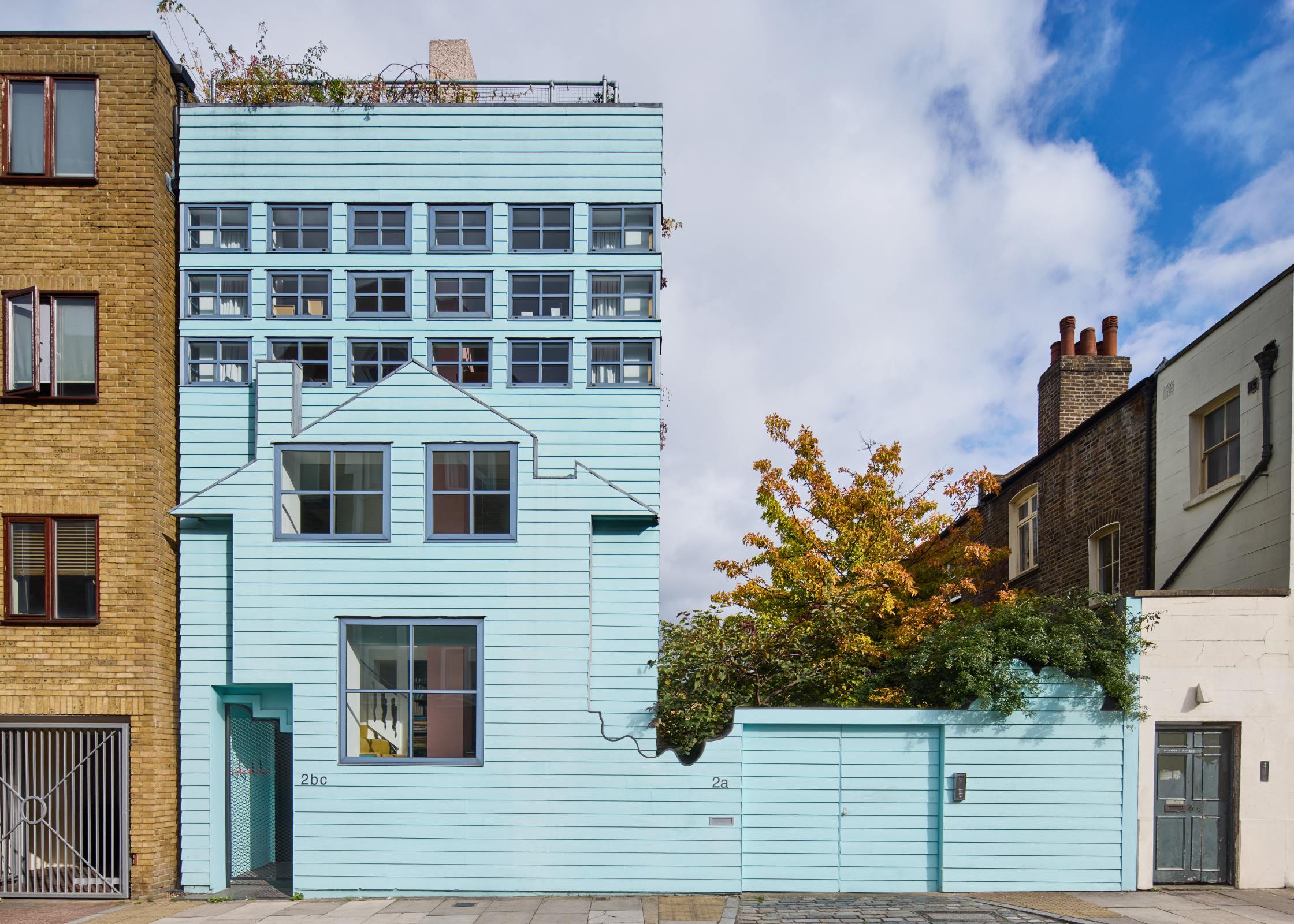Chilworth Manor
A fascinating history is just one of the attractions of this fabulous manor which, although located in Surrey, just 35 miles from London, feels like it is situated in the most tranquil spot in the world

When it came to property, Sarah, Duchess of Marlborough had innate taste and a temper to match it. But then the woman who had the guts to fall out with a reigning monarch would have no qualms whatsoever in bossing architects and gardeners around to obtain precisely what she wanted. Happily, whoever buys Chilworth Manor, in Chilworth, Surrey, will enjoy her exquisite style without having to contend with the formidable lady herself.
Chilworth Manor stands on land which had been once owned by Odo, the pugnacious bishop of Bayeux, who was half-brother to William the Conqueror. The area later became a monastery until Henry VIII?s clearance, when the local monks escaped through a secret passageway ? part of which still exists ? to the Norman church of Saint Martha, which perches at the top of a hill overlooking Chilsworth.
Gunpowder-miller Vincent Randyll and his son Morgan, who represented Guilford in Parliament, built their house on the former monastery site in the mid 17th century. The Randylls went for tawny coloured stone dressed in red brick with an altogether sober design.
Seventy years later, however, dramatic changes were in store for Chilworth at the hand of the Duchess of Marlborough. The Duchess, who was by now a widow, was busy supervising the works at Blenheim Palace, where she had a major and very public row with architect Sir John Vanbrugh over both costs and designs for the palace, after which she sacked Vanbrugh and employed cabinet maker James Moore to complete the building.
Undeterred by this minor vexation, Lady Sarah also took it upon herself to make massive changes at Chilworth, which she had bought in 1725. Rather than renovate the Randyll house, however, she decided to have an entirely new home built north of the existing building, which became known as the Randyll Wing.
Her project was a lot more sophisticated than the Randyll?s, albeit austere by comparison with Vanbrugh?s megalomaniac vision for Blenheim. Lady Sarah lived at a time when brick was fashionable, and promptly chose red bricks for her Marlborough Wing. Almost perfectly rectangular, the new building had harmonious proportions and an elegant façade, which was embellished on the northern side with stuccoes and Ionic pilasters.
The Duchess also had a walled garden added to the grounds. Much like she did with the house, she kept the original 17th century garden layout intact and created a new walled garden alongside it. Her hortus conclusus was surrounded by stone walls on three sides and arranged across four tiers sloping up to St Martha?s Hill.
Exquisite houses, the beauty of Nature, and how to get the most from your life, straight to your inbox.
| Chilworth Manor has been renovated many times by people inspired to make it chime with the fashions of the day |
Lady Sarah would have probably been horrified to discover that, two hundred years later, the then owner of Chilworth, Alfred Mildmay, carried out extensive restoration work which altered the essence of her manor and brought it closer to the Randyll original.
By then, Chilworth had passed hands several times. It had been inherited by the Duchess's grandson, John Spencer, before going to evangelical banker Henry Drummond of Albury, who founded the Catholic Apostolic Church, and, later, to the Dukes of Northumberland, who had it until the Twenties. Mr Mildmay, however, was the first to renovate it thoroughly. He rebuilt the central body linking the Randyll and Marlborough wings in a style which echoes the original 17th century architecture, with tawny stone and red bricks throughout. But neither he nor Chilworth Manor?s subsequent owners, Sir Lionel and Lady Heald, laid a finger on the Duchess? s walled garden, which remains remarkably similar to how it was first landscaped three hundred years ago.
?It?s a really wonderful garden in a really unspoilt historic house,? says Richard Gayner from selling agents Savills (020 7409 9900, cstone@savills.com). ?I think history touches this house significantly.?
Chilworth is now for sale for the first time since 1945 and Gayner believes the buyer is most likely to be ?an Englishman who would appreciate its historic nature.? But Lady Sarah?s former abode has plenty of other charms that make it attractive to both home-grown and foreign buyers. Although it feels very rural, set as it is in 40 acres of parkland, it is only 35 miles from London. ?What it is most unusual about this property is that it is in Surrey, but it is surrounded by unspoilt open countryside that could be far from anywhere,? says Gayner.
And although the house itself is in need of some updating, it has plenty of space and a sensible layout. The front door opens into the hall of the Randyll wing, where the dining room and day-to-day living quarters are situated. The Green Passage, which runs alongside a stone-paved garden courtyard, connects the Randyll wing with the more formal Marlborough wing, where the main reception rooms and the library are situated. Upstairs, nine main bedrooms are arranged across the two wings with four smaller rooms in the central body. All the main rooms are well proportioned with heigh ceilings and sash or French windows.
The price is also a pleasant surprise. Considering Chilworth?s history, size and location, an asking price of £3.5m sounds entirely reasonable. ?We are selling for executors, so it is priced for a prompt sale,? says Gayner, who, however, admits that Savills ?fully expect to achieve considerably more.?
As it is, Chilworth has already attracted plenty of interest and Gayner is confident it will sell quickly. Lady Sarah wannabes would do well to put their offer in quickly.
Country Life is unlike any other magazine: the only glossy weekly on the newsstand and the only magazine that has been guest-edited by His Majesty The King not once, but twice. It is a celebration of modern rural life and all its diverse joys and pleasures — that was first published in Queen Victoria's Diamond Jubilee year. Our eclectic mixture of witty and informative content — from the most up-to-date property news and commentary and a coveted glimpse inside some of the UK's best houses and gardens, to gardening, the arts and interior design, written by experts in their field — still cannot be found in print or online, anywhere else.
-
 This house in glorious technicolour is the perfect antidote for the grey days of a British winter — so why don't more of us live in brightly coloured homes?
This house in glorious technicolour is the perfect antidote for the grey days of a British winter — so why don't more of us live in brightly coloured homes?It's not often that you see a home sporting the colour palette that you'd get if you hired a four-year old as your interior designer. But why not? The Blue House in Bethnal Green asks this and many more questions.
-
 How common are you according to Nicky Haslam? Take our quiz
How common are you according to Nicky Haslam? Take our quizToday's quiz takes a detailed look at Nicky Haslam's annual list of things he finds common, and sells on a Christmas tea towel for £50.
